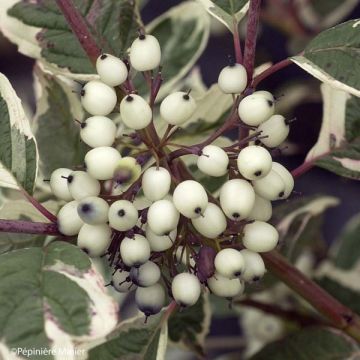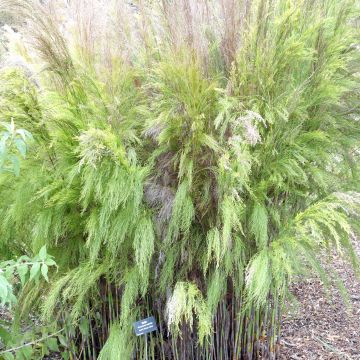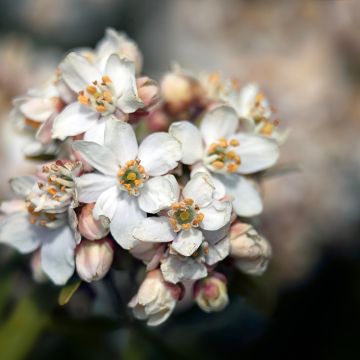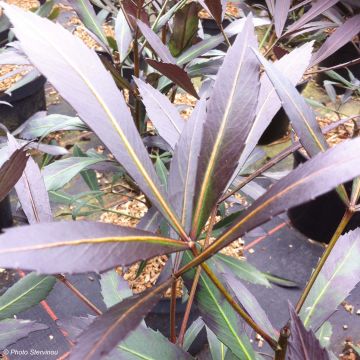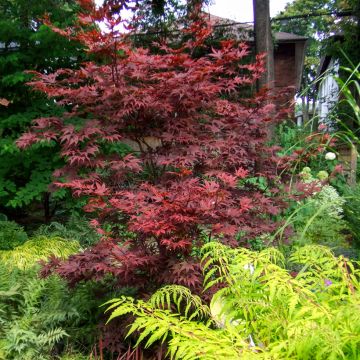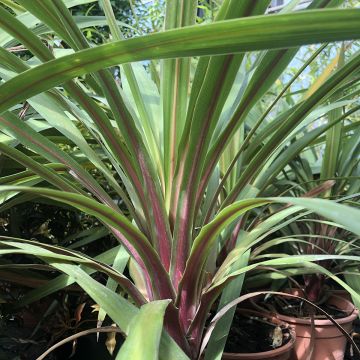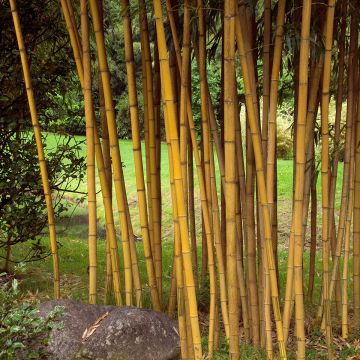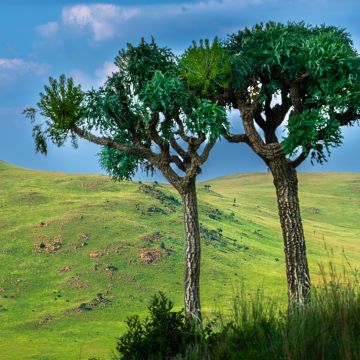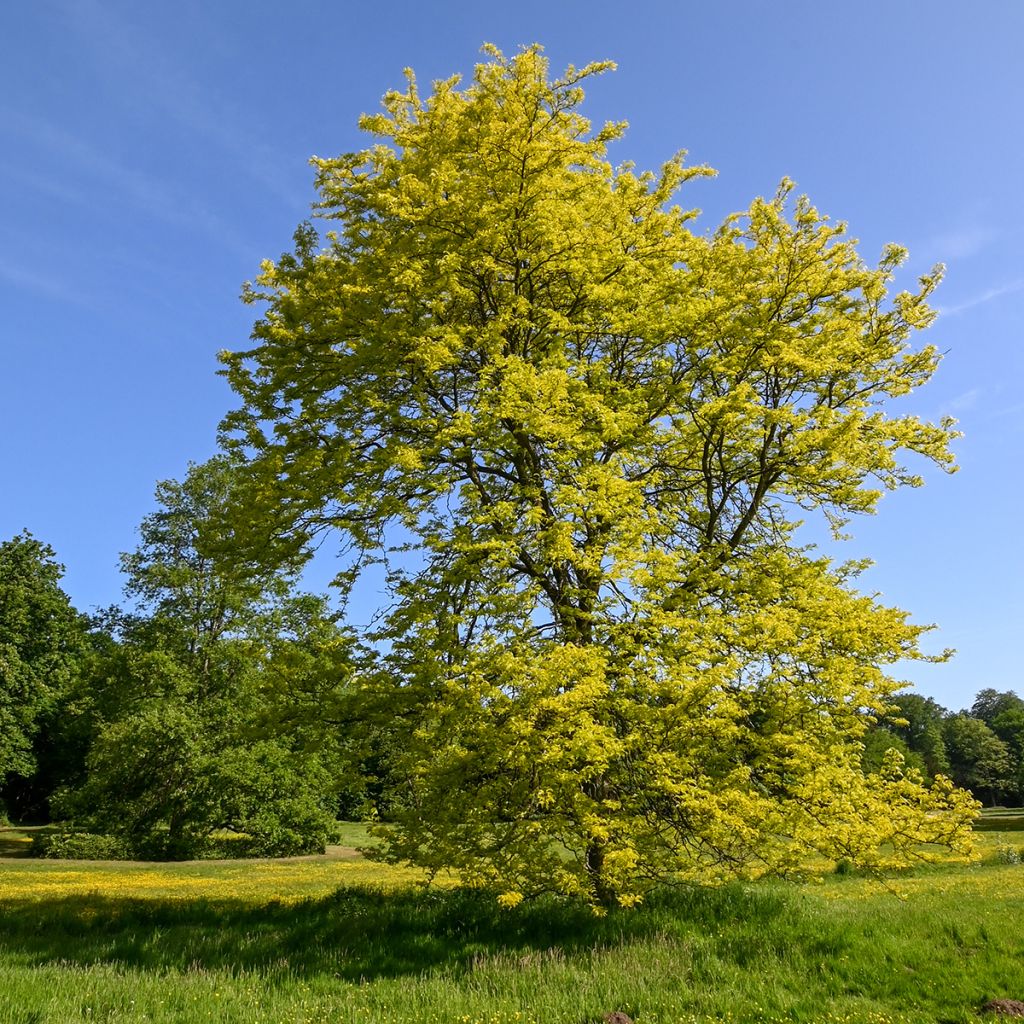

Gleditsia triacanthos f.inermis Sunburst - Honeylocust
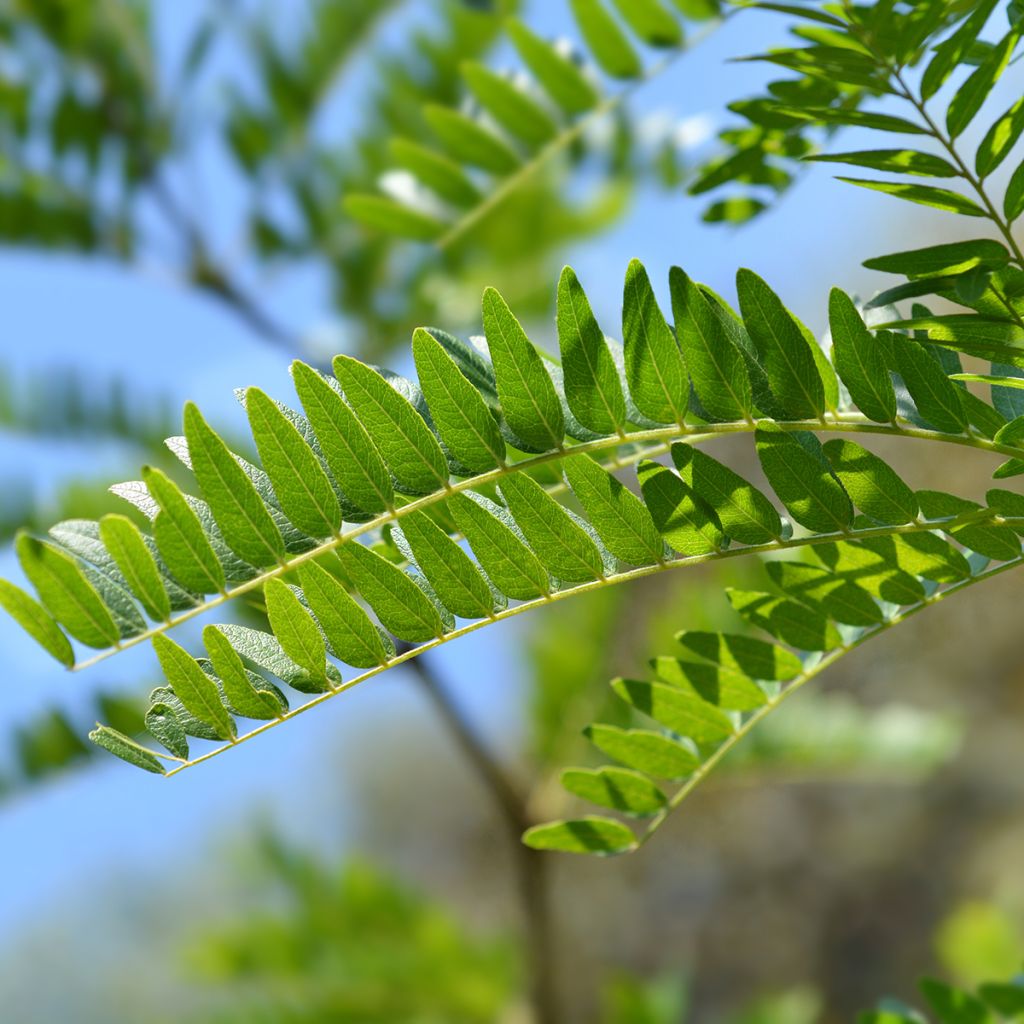

Gleditsia triacanthos f.inermis Sunburst - Honeylocust
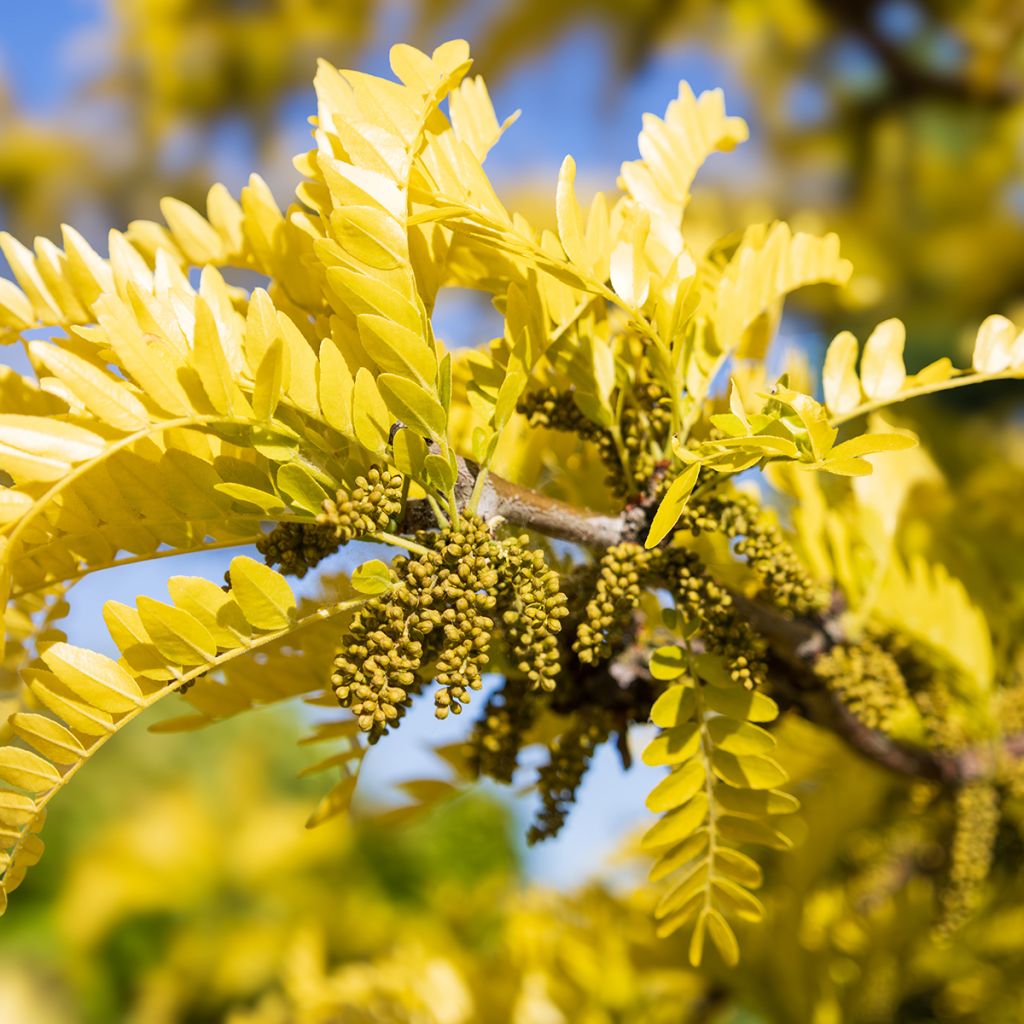

Gleditsia triacanthos f.inermis Sunburst - Honeylocust
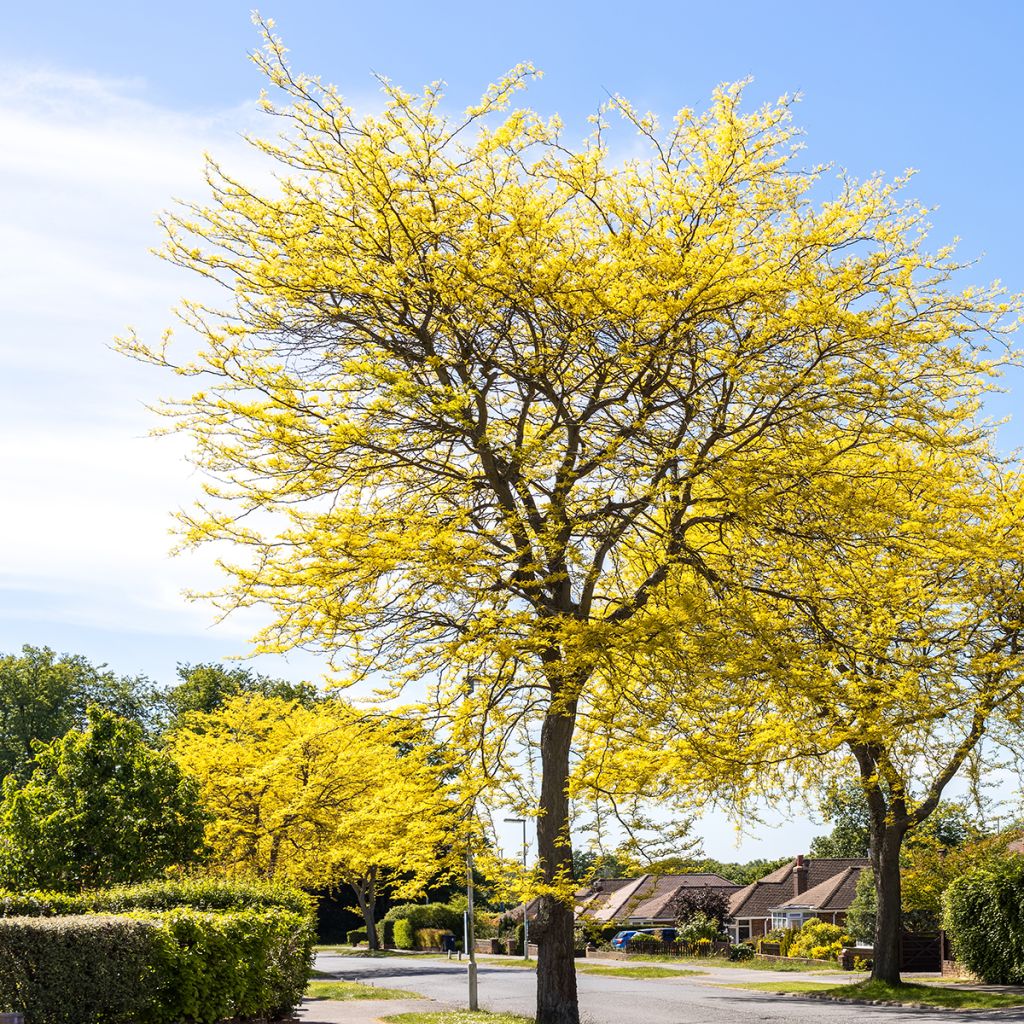

Gleditsia triacanthos f.inermis Sunburst - Honeylocust
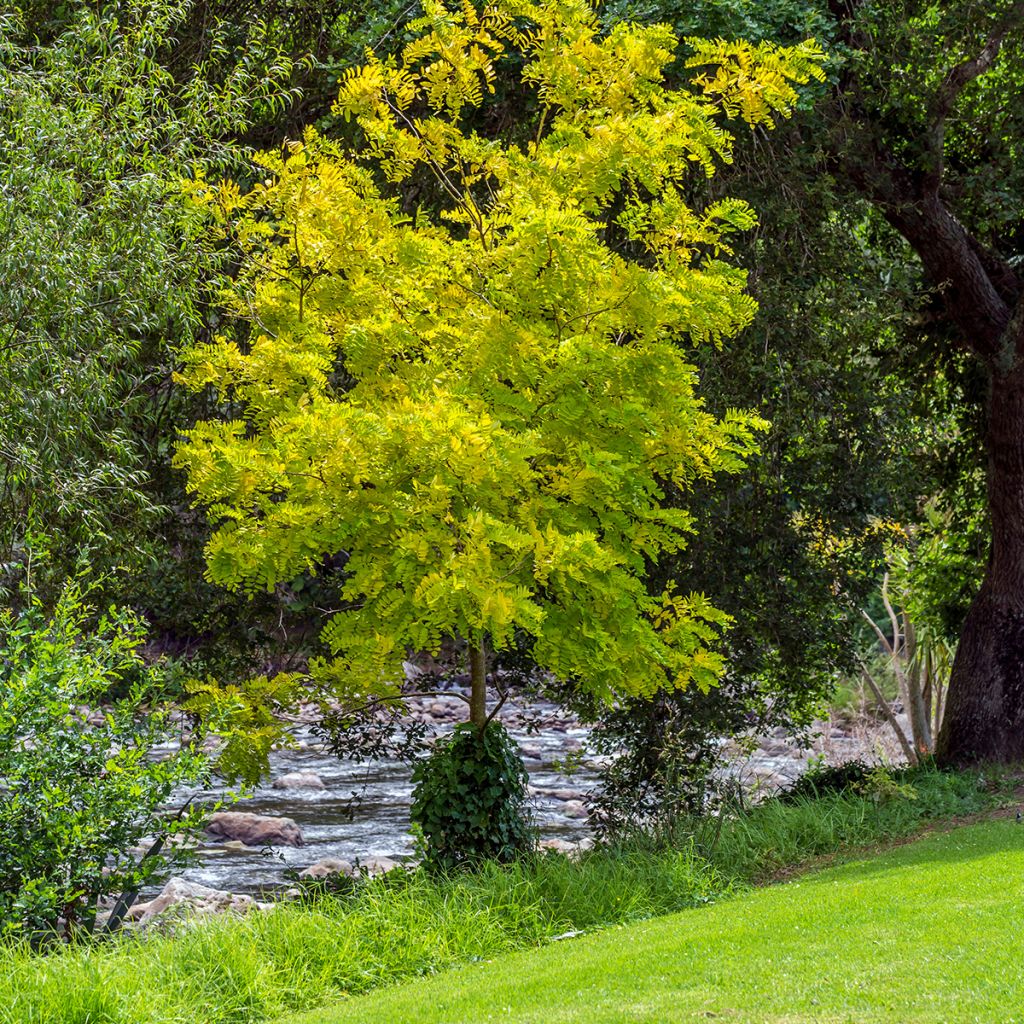

Gleditsia triacanthos f.inermis Sunburst - Honeylocust
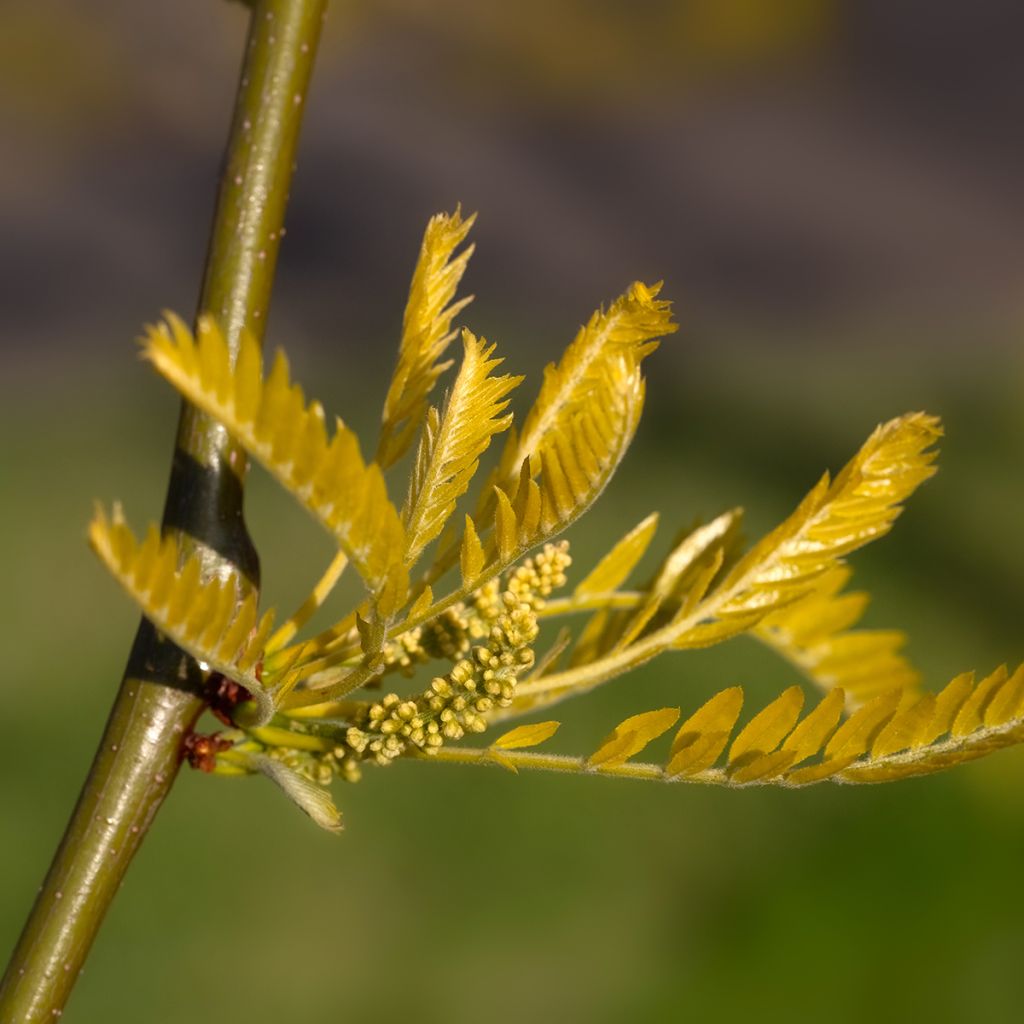

Gleditsia triacanthos f.inermis Sunburst - Honeylocust
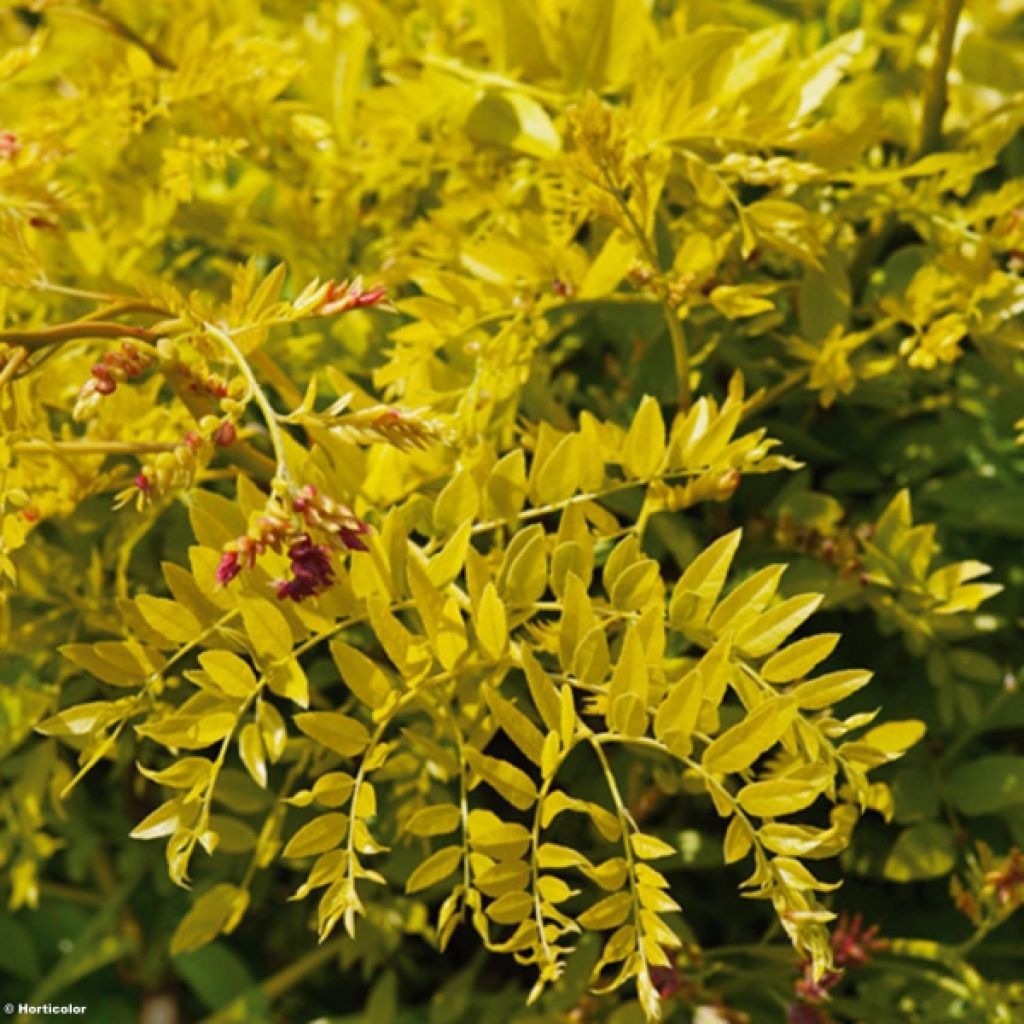

Gleditsia triacanthos f.inermis Sunburst - Honeylocust
Gleditsia triacanthos f.inermis Sunburst - Honeylocust
Gleditsia triacanthos f.inermis Sunburst
Thornless Honeylocust
Package received very damaged, all the tree's protection was torn, in shreds, and terminal branches are broken, it's a shame. It's the first time I have this kind of inconvenience. It's also the first time I order a large tree. I hope the recovery will go well.
Florence , 01/12/2023
Special offer!
Receive a €20 voucher for any order over €90 (excluding delivery costs, credit notes, and plastic-free options)!
1- Add your favorite plants to your cart.
2- Once you have reached €90, confirm your order (you can even choose the delivery date!).
3- As soon as your order is shipped, you will receive an email containing your voucher code, valid for 3 months (90 days).
Your voucher is unique and can only be used once, for any order with a minimum value of €20, excluding delivery costs.
Can be combined with other current offers, non-divisible and non-refundable.
Home or relay delivery (depending on size and destination)
Schedule delivery date,
and select date in basket
This plant carries a 24 months recovery warranty
More information
We guarantee the quality of our plants for a full growing cycle, and will replace at our expense any plant that fails to recover under normal climatic and planting conditions.
Does this plant fit my garden?
Set up your Plantfit profile →
Description
Gleditsia triacanthos 'Sunburst' is a particularly bright variety of thornless honey locust, known for the golden tones that its glossy foliage takes on from spring to autumn. Its finely cut leaves transition from spring yellow to summer anise green and then turn to coppery gold in autumn before falling. The tree, with its impressive size, has an airy silhouette and provides light shade, which is very pleasant in summer. Stunning as a standalone tree, and beautifully coloured in a mixed hedge, this unique specimen will adapt to any type of soil, and its good hardiness will allow it to acclimate anywhere.
Gleditsia triacanthos is sometimes called thorny honey locust, three-thorned honey locust, three-pointed honey locust, honey locust, or Christ's thorn. It belongs to the Fabaceae family, related to the carob tree and the Sophora, for example. It is native to eastern and central United States (from Nebraska through Pennsylvania to Texas). Its growth is rapid, especially in cool soil. This tree has a deep taproot system that requires a soil of good thickness.
'Sunburst' is a horticultural selection with remarkable foliage and a branch structure devoid of thorns. Its silhouette is taller than wide, airy towards the top, and its growth habit is 'draping'. It will reach approximately 10 m to 12 m (32.8 ft to 39.4 ft) in height with an 8 m (26.2 ft) spread. The foliage appears late in spring. The large leaves, finely cut into small leaflets, are alternate, paripinnate, and measure between 14 cm and 25 cm (5.5 in to 9.8 in). The foliage colour moves from spring yellow to anise green and then to yellow-orange in autumn. The leaves bear a glossy texture that plays beautifully with light, even in transparency. The straight and unobstructed trunk has a lovely dark bark with fissures. This tree is dioecious (it has male and female subjects) and its discreet summer flowering is very attractive to bees. Only the female trees bear flat, mahogany to brown pods measuring 20 cm to 40 cm (7.9 in to 15.7 in), which are persistent in winter and have a sweet and edible pulp. Young plants need to be protected from extreme cold, but a mature tree can withstand temperatures well below -15° C (5° F).
It is a perfect tree as a standalone specimen, in a large garden, planted near a terrace or a resting area, where it provides a little shade without preventing other plants from growing at its base. Its astonishing colours catch the light, breaking the monotony of certain foliage, such as lilacs, mock oranges, and deutzias, once their flowering has finished.
An ornamental tree and a useful plant, Gleditsia has hard and dense, reddish-brown wood, used for making posts and railway sleepers, but also appreciated in cabinet-making. Its foliage, rich in proteins, is excellent fodder for livestock. This highly adaptable tree thrives in rich and moist soil, or even poorly drained soil. It also tolerates dry, poor, and calcareous soils once it is well established.
Report an error about the product description
Gleditsia triacanthos f.inermis Sunburst - Honeylocust in pictures
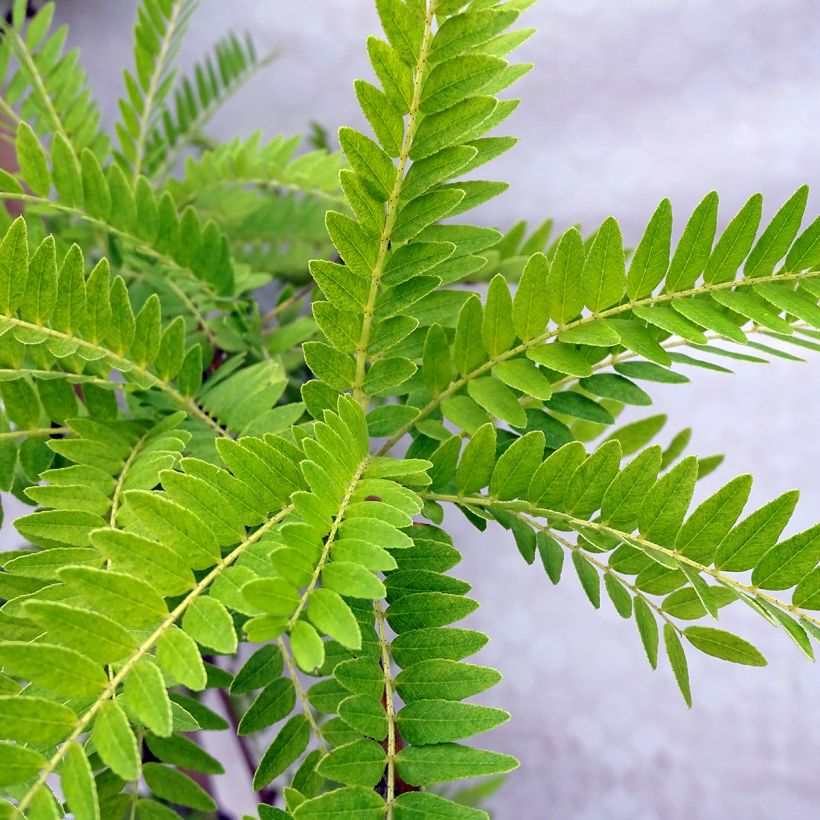

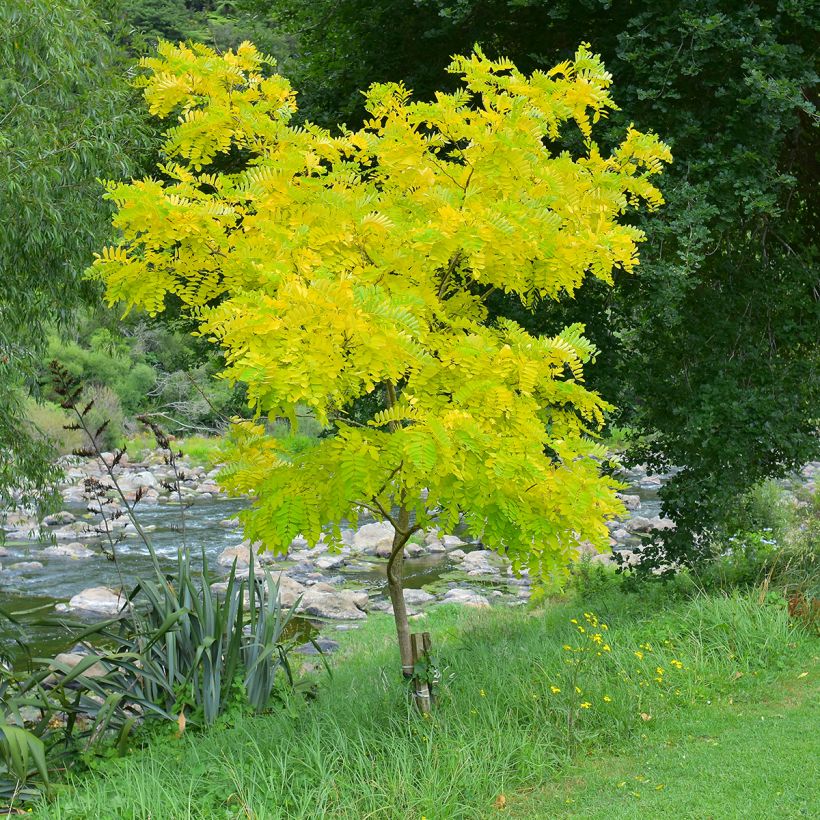

Plant habit
Flowering
Foliage
Botanical data
Gleditsia
triacanthos f.inermis
Sunburst
Fabaceae
Thornless Honeylocust
North America
Planting and care
Gleditsia triacanthos 'Sunburst' prefers a very sunny location and deep, rich but well-drained soil. Windy areas should be avoided, as the wood is quite fragile and brittle. Prepare a deep planting hole and add a thick layer of gravel, mix compost with your garden soil for organic matter, and add sand if necessary to lighten heavy soils such as clay. Once established, it tolerates drought fairly well thanks to its long taproot, which allows it to find moisture at depth. Choose its location carefully, taking into account its development, and avoid disturbing it. When young, you can protect it with winter fleece if your garden is subject to frosts. Pruning is limited to the removal of dead branches; it does not require training pruning, as its trunk is naturally well cleared.
Planting period
Intended location
Care
Planting & care advice
-
, onOrder confirmed
Reply from on Promesse de fleurs
Similar products
Haven't found what you were looking for?
Hardiness is the lowest winter temperature a plant can endure without suffering serious damage or even dying. However, hardiness is affected by location (a sheltered area, such as a patio), protection (winter cover) and soil type (hardiness is improved by well-drained soil).

Photo Sharing Terms & Conditions
In order to encourage gardeners to interact and share their experiences, Promesse de fleurs offers various media enabling content to be uploaded onto its Site - in particular via the ‘Photo sharing’ module.
The User agrees to refrain from:
- Posting any content that is illegal, prejudicial, insulting, racist, inciteful to hatred, revisionist, contrary to public decency, that infringes on privacy or on the privacy rights of third parties, in particular the publicity rights of persons and goods, intellectual property rights, or the right to privacy.
- Submitting content on behalf of a third party;
- Impersonate the identity of a third party and/or publish any personal information about a third party;
In general, the User undertakes to refrain from any unethical behaviour.
All Content (in particular text, comments, files, images, photos, videos, creative works, etc.), which may be subject to property or intellectual property rights, image or other private rights, shall remain the property of the User, subject to the limited rights granted by the terms of the licence granted by Promesse de fleurs as stated below. Users are at liberty to publish or not to publish such Content on the Site, notably via the ‘Photo Sharing’ facility, and accept that this Content shall be made public and freely accessible, notably on the Internet.
Users further acknowledge, undertake to have ,and guarantee that they hold all necessary rights and permissions to publish such material on the Site, in particular with regard to the legislation in force pertaining to any privacy, property, intellectual property, image, or contractual rights, or rights of any other nature. By publishing such Content on the Site, Users acknowledge accepting full liability as publishers of the Content within the meaning of the law, and grant Promesse de fleurs, free of charge, an inclusive, worldwide licence for the said Content for the entire duration of its publication, including all reproduction, representation, up/downloading, displaying, performing, transmission, and storage rights.
Users also grant permission for their name to be linked to the Content and accept that this link may not always be made available.
By engaging in posting material, Users consent to their Content becoming automatically accessible on the Internet, in particular on other sites and/or blogs and/or web pages of the Promesse de fleurs site, including in particular social pages and the Promesse de fleurs catalogue.
Users may secure the removal of entrusted content free of charge by issuing a simple request via our contact form.
The flowering period indicated on our website applies to countries and regions located in USDA zone 8 (France, the United Kingdom, Ireland, the Netherlands, etc.)
It will vary according to where you live:
- In zones 9 to 10 (Italy, Spain, Greece, etc.), flowering will occur about 2 to 4 weeks earlier.
- In zones 6 to 7 (Germany, Poland, Slovenia, and lower mountainous regions), flowering will be delayed by 2 to 3 weeks.
- In zone 5 (Central Europe, Scandinavia), blooming will be delayed by 3 to 5 weeks.
In temperate climates, pruning of spring-flowering shrubs (forsythia, spireas, etc.) should be done just after flowering.
Pruning of summer-flowering shrubs (Indian Lilac, Perovskia, etc.) can be done in winter or spring.
In cold regions as well as with frost-sensitive plants, avoid pruning too early when severe frosts may still occur.
The planting period indicated on our website applies to countries and regions located in USDA zone 8 (France, United Kingdom, Ireland, Netherlands).
It will vary according to where you live:
- In Mediterranean zones (Marseille, Madrid, Milan, etc.), autumn and winter are the best planting periods.
- In continental zones (Strasbourg, Munich, Vienna, etc.), delay planting by 2 to 3 weeks in spring and bring it forward by 2 to 4 weeks in autumn.
- In mountainous regions (the Alps, Pyrenees, Carpathians, etc.), it is best to plant in late spring (May-June) or late summer (August-September).
The harvesting period indicated on our website applies to countries and regions in USDA zone 8 (France, England, Ireland, the Netherlands).
In colder areas (Scandinavia, Poland, Austria...) fruit and vegetable harvests are likely to be delayed by 3-4 weeks.
In warmer areas (Italy, Spain, Greece, etc.), harvesting will probably take place earlier, depending on weather conditions.
The sowing periods indicated on our website apply to countries and regions within USDA Zone 8 (France, UK, Ireland, Netherlands).
In colder areas (Scandinavia, Poland, Austria...), delay any outdoor sowing by 3-4 weeks, or sow under glass.
In warmer climes (Italy, Spain, Greece, etc.), bring outdoor sowing forward by a few weeks.









































